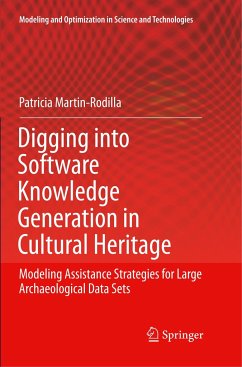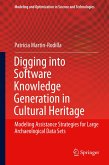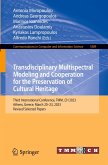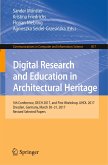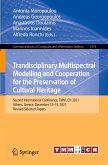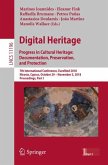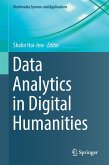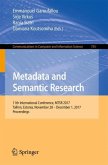This book focuses on innovative strategies to manage and build software systems for generating new knowledge from large archaeological data sets
The book also reports on two case studies carried out in real-world scenarios within the Cultural Heritage setting. The book presents an original conceptual framework for developing software solutions to assist the knowledge generation process in connection with large archaeological data sets and related cultural heritage information- a context in which the inputs are mainly textual sources written in freestyle, i.e. without a predetermined, standard structure.
Following an in-depth exploration of recent works on the knowledge generation process in the above-mentioned context and IT-based options for facilitating it, the book proposes specific new techniques capable of capturing the structure and semantics implicit in such textual sources, and argues for using this information in the knowledge generation process.
The main result is the development of a conceptual framework that can accommodate textual sources and integrate the information included in them into a software engineering framework. The said framework is meant to assist cultural heritage professionals in general, and archaeologists in particular, in both knowledge extraction and the subsequent decision-making process.
The book also reports on two case studies carried out in real-world scenarios within the Cultural Heritage setting. The book presents an original conceptual framework for developing software solutions to assist the knowledge generation process in connection with large archaeological data sets and related cultural heritage information- a context in which the inputs are mainly textual sources written in freestyle, i.e. without a predetermined, standard structure.
Following an in-depth exploration of recent works on the knowledge generation process in the above-mentioned context and IT-based options for facilitating it, the book proposes specific new techniques capable of capturing the structure and semantics implicit in such textual sources, and argues for using this information in the knowledge generation process.
The main result is the development of a conceptual framework that can accommodate textual sources and integrate the information included in them into a software engineering framework. The said framework is meant to assist cultural heritage professionals in general, and archaeologists in particular, in both knowledge extraction and the subsequent decision-making process.

